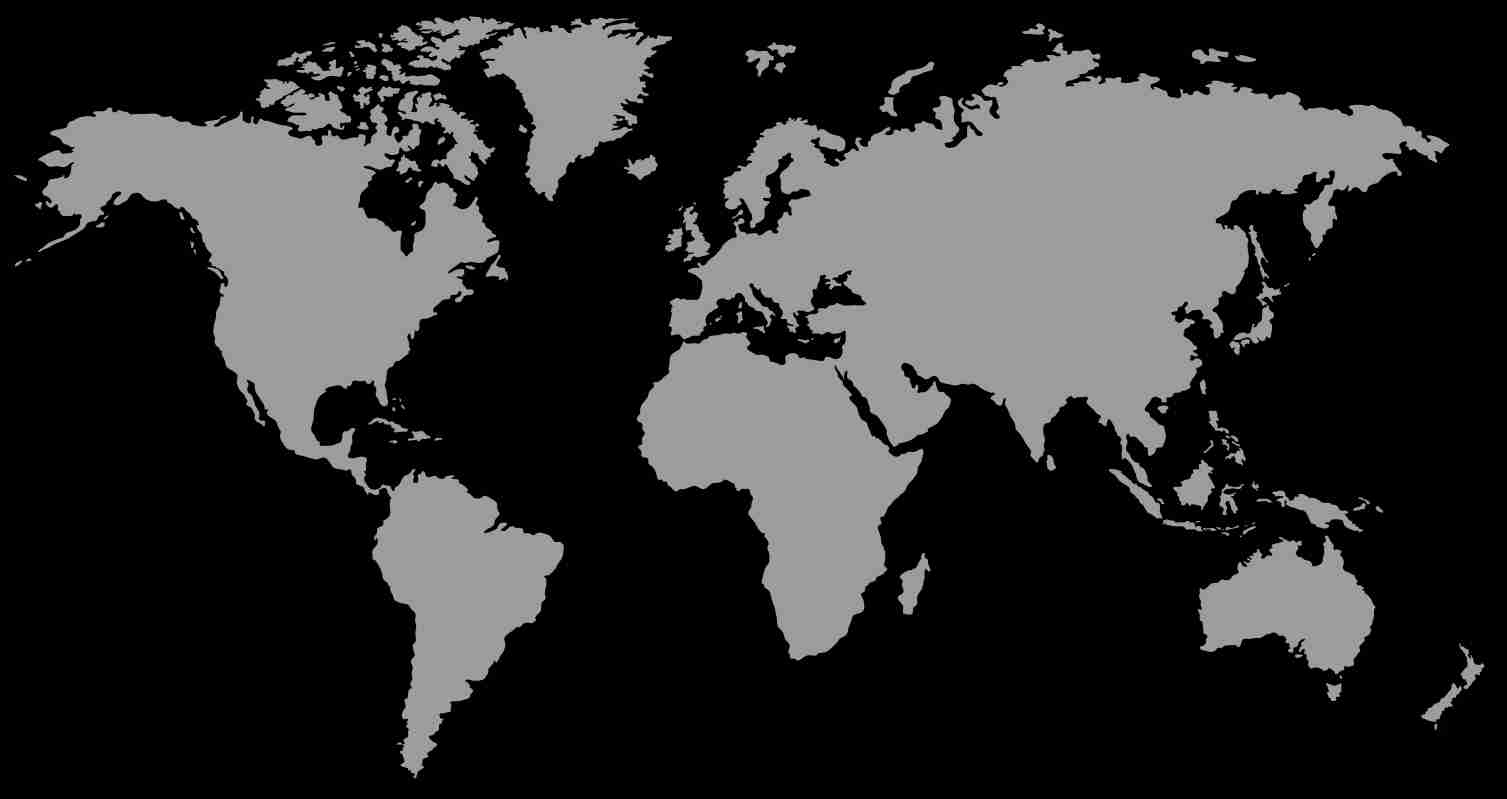
Travel that gives back – Batang AI & Nanga Sumpa
BlogA brief history of Batang Ai
The Iban


Headhunters
However, this then lead to headhunting becoming more like a cult. Iban women Shamen believed the longhouses with more heads would lead to better rice crops, and the human heads became a source of fertility… As you can imagine, this led to the Shaman’s convincing the headhunters to continue hunting, even in peace times. To top it off, young ladies wouldn’t marry a man who hadn’t taken part in a successful headhunt (talk about being stuck between a rock and a hard place..!).
Headhunting began to decline with the introduction of Christianity in the 19th century and was all but disappeared by 1920 (it made a brief comeback during the Japanese Occupation in WWII, but stopped again swiftly after that).
Batang Ai – the river that gives life
Although the obvious highlight of the wildlife in Sarawak is the Orangutan, Batang Ai is also home to:
- 200+ species of bird
- 60 species of land mammals (including the incredibly cute Pigmy Squirrel and the Civets which are ancient cat-like creatures)
- 10 species of primates
- 92 species of flying mammals (that’s Bats to you and me)
- A tonne of reptiles, amphibians, and insects!


The Nanga Sumpa Rainforest Lodge – A meaningful partnership
This part of the Batang Ai story started in 1987, with our local partner Philip and his team. Like us here at Rickshaw, they have strong principles that lead to their unique offering. They wanted to create a sustainable, community-focused rainforest lodge, with the understanding that conservation, not just of wildlife but also of cultures was top of their list of goals.
The community was struggling, starving in fact, and in need of assistance, with a changing world around them. Our partner wanted to make a difference to the community, without resorting to damaging the wildlife or culture.
Working with the Iban leadership, and headed up by the late Tua Rumah, our partners worked with them to outline how the lodge could benefit the community. To provide a secondary source of income (and not to become the primary income not to rely on tourism exclusively) and the offer the opportunity for those who aren’t working, first off building the lodge, and then continued work after that.
What’s beautiful about this, is that Philip and his team were willing to take their time, gain the trust of the community and be equal partners. The team invested in the community, providing outboard engines to help support growth, scholarships and learning programs to break the cycle of poverty (instead of hiring outside staff to do the jobs from the beginning). They also work around the schedules of the community, being careful not to interrupt the farming work that is the primary income of the local people, and that tourists who visit aren’t there to be entertained by the community, they are there to be part of it.
Throughout, our partners have maintained their stance, realising how fragile both the environment, and community can be to change, and making sure that both are improved by tourism, not damaged by it.
A lesson that can be learned worldwide about how the tourism industry can be a force for good, when done with meaning.

